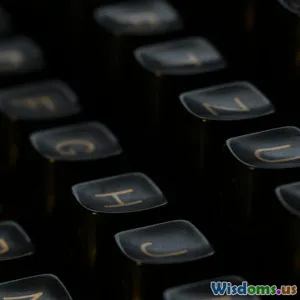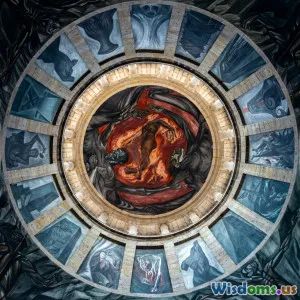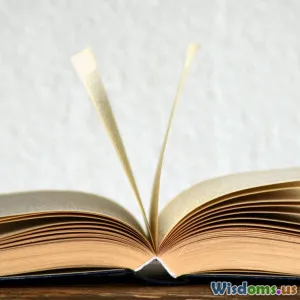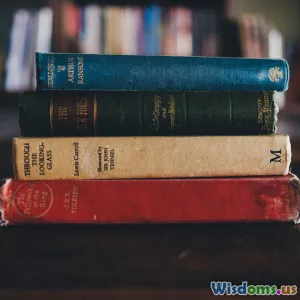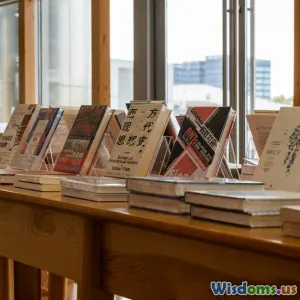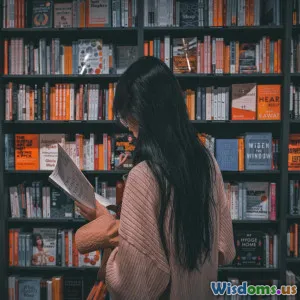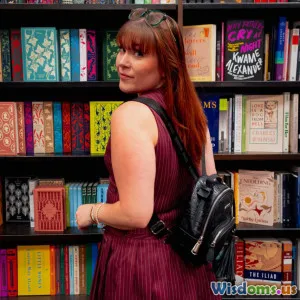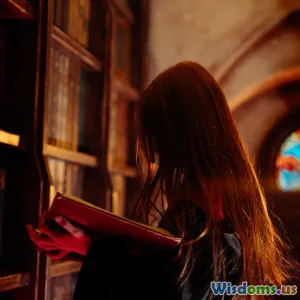
The Surprising Role of Women in Shaping Medieval Literature
8 min read Explore women's powerful, often overlooked influence on medieval literature's creation, themes, and preservation. (0 Reviews)
The Surprising Role of Women in Shaping Medieval Literature
Introduction
Medieval literature often conjures images of knights, castles, epic battles, and male authors weaving tales of chivalry and adventure. However, this familiar narrative overlooks an essential truth: women played a surprisingly significant and multifaceted role in shaping the literature of the Middle Ages. Far from being mere muses or figures confined to the margins, women in medieval society contributed as authors, patrons, and cultural influencers, helping to craft the stories, themes, and forms that have survived centuries.
This article explores the vital but often underrecognized contributions of women to medieval literature. By shedding light on their critical roles, from writing to inspiring, we gain a richer, more complex understanding of this era’s literary landscape.
Women as Writers in Medieval Literature
Female Authorship: Breaking the Silence
While literacy rates were generally low in the Middle Ages, some women managed to defy societal constraints and become prominent authors. For example, Hildegard of Bingen (1098–1179), a German abbess, mystic, and polymath, composed theological works and visionary poems that remain influential. Her writings, such as Scivias, merge religious doctrine with vivid poetic imagery, showcasing a woman’s intellectual authority in a predominantly patriarchal domain.
Another remarkable figure is Christine de Pizan (1364–c.1430), often recognized as one of Europe’s first professional female writers. In works like The Book of the City of Ladies, Christine refuted misogynistic views prevalent at the time and celebrated women’s virtues and achievements. She wrote across genres, including poetry, history, and moral philosophy, marking a bold claim to literary and intellectual agency.
Nuns and Convents: Literary Hubs
Women in religious communities played a key role in manuscript production and literary creativity. Convents were centers of learning where women could read, write, and preserve texts. For example, the Benedictine abbess Herrad of Landsberg compiled the Hortus deliciarum (Garden of Delights), an illuminated encyclopedia designed to educate nuns and clergy.
These religious women were not only preserving Latin classics but were often contributors or commentators on theological and philosophical topics. Their manuscripts sometimes included original poetry, prayers, and spiritual reflections infused with female perspectives, adding richness and diversity to medieval literature.
Women as Patrons and Cultural Influencers
Noblewomen’s Patronage
Outside convent walls, noblewomen used their influence as patrons to shape literary culture. By sponsoring poets, commissioning manuscripts, or even influencing the themes of chivalric romances, aristocratic women left their imprint on literature.
For example, Eleanor of Aquitaine (1122–1204), one of the most powerful women of the Middle Ages, was a patron to troubadours and poets. By encouraging courtly love literature, Eleanor helped popularize a genre that emphasized complex emotional and social codes. This patronage was not passive; Eleanor and her contemporaries used literature to project political power and negotiate their social roles.
Women as Muses and Protagonists
Many medieval texts center around female characters who embody ideals, virtues, or societal anxieties. From the chivalric Lady of Shalott to the poetic Angelina of The Faerie Queene, women inspired stories that intriguingly mixed admiration with cautionary tales.
Female figures in literature reflected real women’s influence and provided a canvas for exploring gender roles, morality, and spirituality. These thematic explorations were essential to the literary development of the period and prompted writers to address questions about identity and power.
Challenging Stereotypes and Gender Norms
Medieval literature authored or influenced by women often subverted conventional gender norms in subtle and explicit ways.
For instance, Marie de France, a 12th-century poet, used the lai poetic form to explore female desire, social constraints, and autonomy. Her lais often feature clever, morally complex women who navigate and sometimes overturn expectations placed upon them by patriarchal society.
Similarly, the mystic texts of Julian of Norwich reflect a profound theological vision that emphasizes individual spiritual experience and compassion. Her Revelations of Divine Love challenges orthodox views on sin and salvation and presents an empowering notion of divine love and female spirituality.
These examples highlight how medieval women writers and their influence introduced nuanced perspectives that enriched literary traditions and opened spaces for female voices.
Why Were Women’s Contributions Overlooked?
Despite their contributions, women's roles in medieval literature were often minimized or forgotten, due largely to:
- Patriarchal social structures that deemed women’s intellectual work less valuable.
- Manuscript culture and historical transmission, where scribes sometimes did not attribute works correctly.
- Modern historiographical biases that focused on male authorship and military themes.
Only in recent decades have scholars re-evaluated these biases through feminist literary criticism and manuscript studies, uncovering vast contributions by women across Europe.
Conclusion
The traditional narrative of medieval literature must expand to encompass the surprising yet undeniable contributions of women—as writers, patrons, and cultural catalysts. Their diverse roles enriched literature not only in volume but in complexity and depth. By appreciating women’s place in medieval literary history, we gain a more nuanced understanding of the Middle Ages, one that honors creativity and intellect beyond gendered boundaries.
This recognition inspires modern readers and writers alike, underscoring how voices from the margins can shape culture powerfully. Exploring these stories invites us to re-examine our assumptions about history and the transformative potential of literature.
References:
- Pauline M. Matarasso, Women and Literature in the Middle Ages: An Introduction, 2010.
- Jo Ann McNamara, Sisters in Arms: Catholic Nuns Through Two Millennia, 1996.
- Kim M. Phillips, The Gendered Worlds of the Troubadours: Text, Performance, and Identity, 2015.
- Sarah Salih, Nicole Bozon and the Late Medieval Discourse of Desire, 1999.
These sources provide further insights and examples of the crucial roles women played in shaping medieval literature.
Rate the Post
User Reviews
Popular Posts











